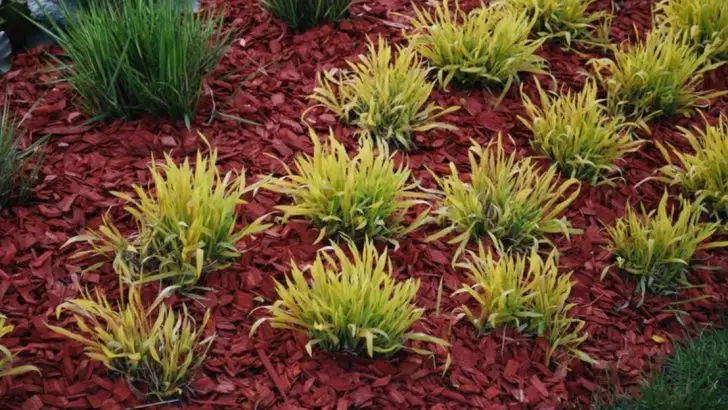Think a vibrant, green garden means constant watering and high-maintenance care? Think again. With the right approach, you can create a space that’s both lush and water-wise. From choosing drought-tolerant plants to making the most of every drop through smart mulching and efficient irrigation, a low-water garden can be just as full and beautiful as one that’s constantly soaked.
The secret lies in strategic planting, soil prep, and design that works with nature—not against it. Whether you live in a dry climate or simply want to cut back on your water bill, these practical, beautiful ideas will help you build a green oasis that thrives with less effort and less water. Sustainable and stunning? That’s a garden win-win.
Mulch and Benefit
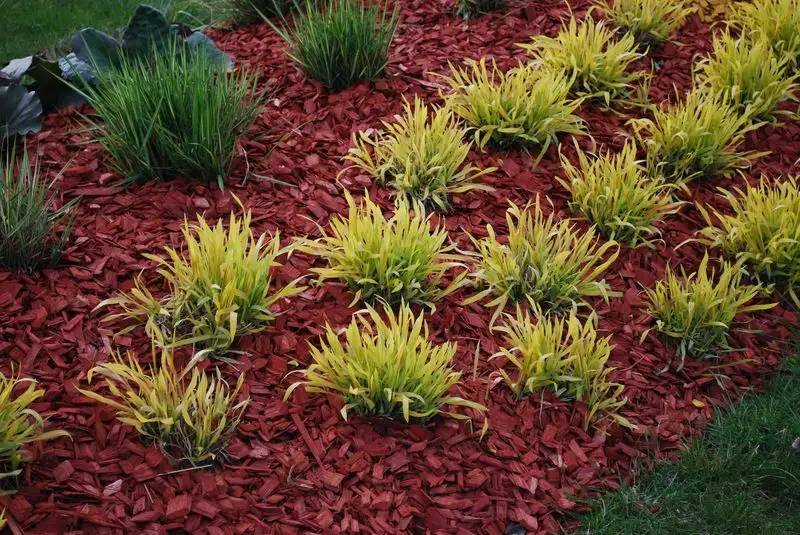
Mulching is akin to gifting your plants a cozy blanket. This protective layer retains moisture, reducing the frequency of watering. Organic mulches like straw or bark decompose, enriching the soil with vital nutrients.
As the mulch breaks down, it builds a healthier soil ecosystem. By minimizing evaporation, your plants enjoy longer hydration periods, essential during warm spells.
Moreover, mulch acts as nature’s weed suppressant, saving you time and effort. With each layer, you’re not only conserving water but also promoting a robust garden environment.
Choose Native Plants
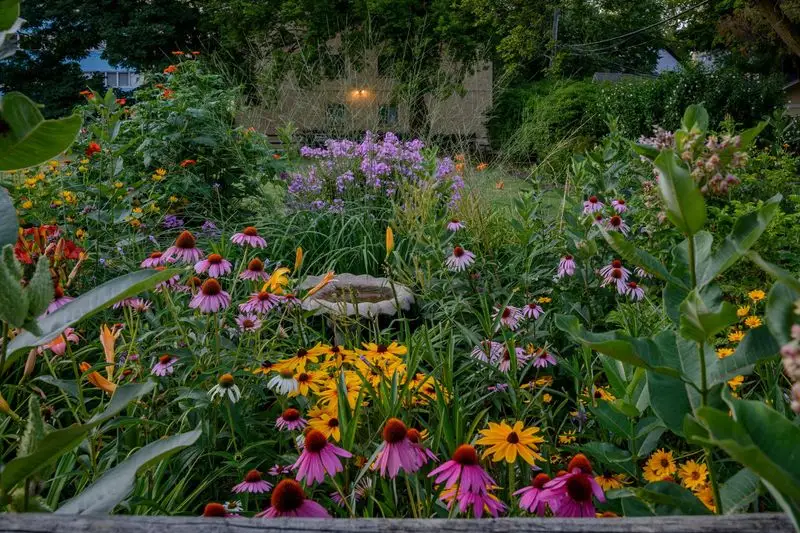
Native plants have thrived in local climates for centuries, adapting to the natural conditions and requiring less water. They host a symphony of colors and textures, providing habitat for local wildlife.
These plants acclimatize to the local rainfall patterns, meaning you’ll spend less time with the hose. Selecting native species also nurtures the local ecosystem, supporting insects and birds.
An added delight is the reduced need for fertilizers and pesticides. Your garden becomes a picturesque haven that harmonizes with nature’s rhythms.
Rainwater Harvesting
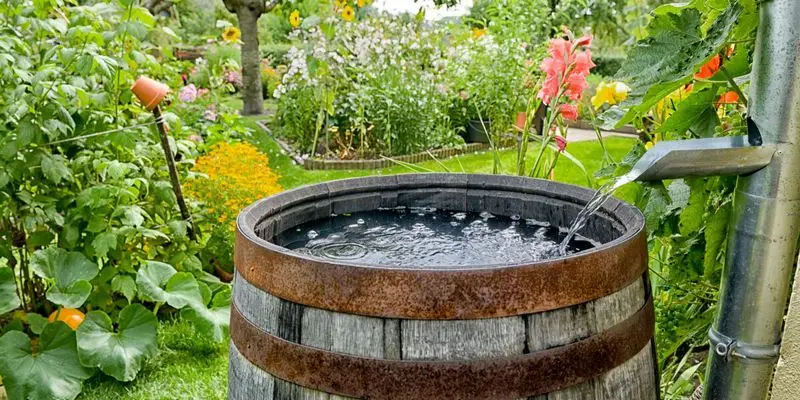
Imagine harnessing the rain that falls on your roof to feed your garden. Rainwater harvesting systems collect and store rain, offering a free and sustainable water source.
These systems can range from simple barrels to advanced tanks, allowing you to water during dry spells without relying on tap water.
Using rainwater benefits your plants, as it is free from chemicals found in treated water, promoting healthier growth. This approach not only conserves resources but also reduces your water bill.
Drip Irrigation
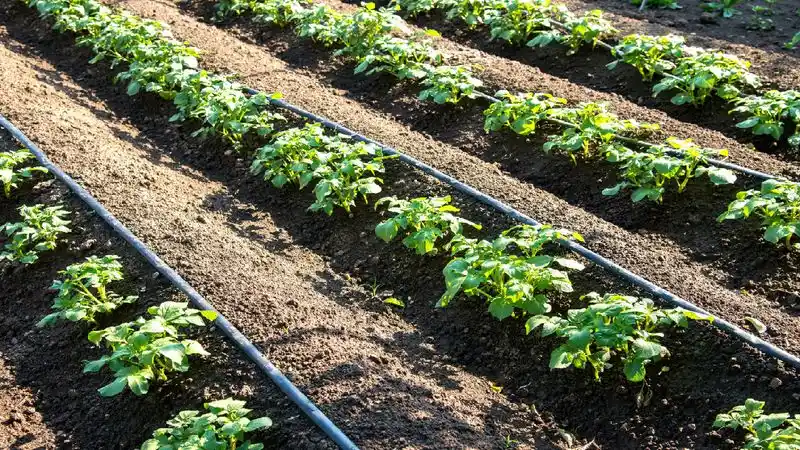
Drip irrigation delivers water directly to the plant’s roots, minimizing evaporation and water waste. This precision watering method ensures each plant receives the right amount of moisture.
Installation might require some effort, but the efficiency gained is worth it. With timers and adjustable settings, drip systems cater to diverse plant needs.
By reducing water runoff and soil erosion, this system supports a sustainable garden environment. It’s a game-changer in achieving a water-wise garden.
Xeriscaping Techniques
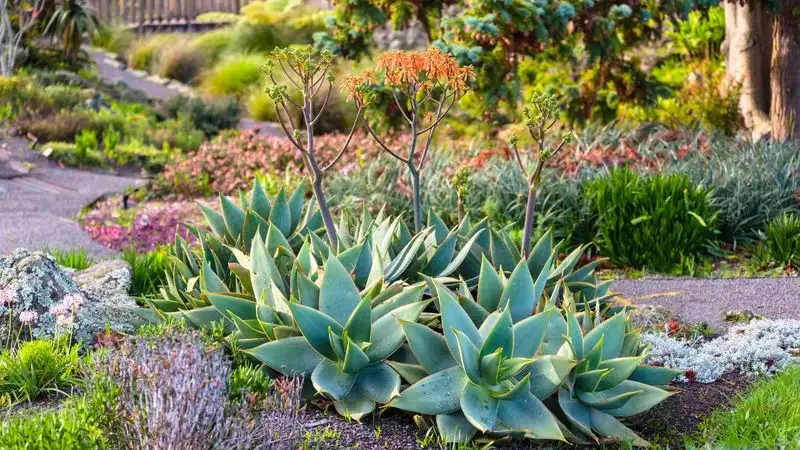
Xeriscaping transforms dry landscapes into artistic expressions. This method uses drought-resistant plants and minimal lawn areas to create visually stunning gardens.
By focusing on efficient water use and selecting plants adapted to dry conditions, gardeners preserve water without sacrificing beauty. Rocks, gravel, and mulch enhance the aesthetics while aiding moisture retention.
Implementing xeriscape principles leads to vibrant gardens that require minimal maintenance. This practice celebrates sustainability in style.
Soil Conditioning
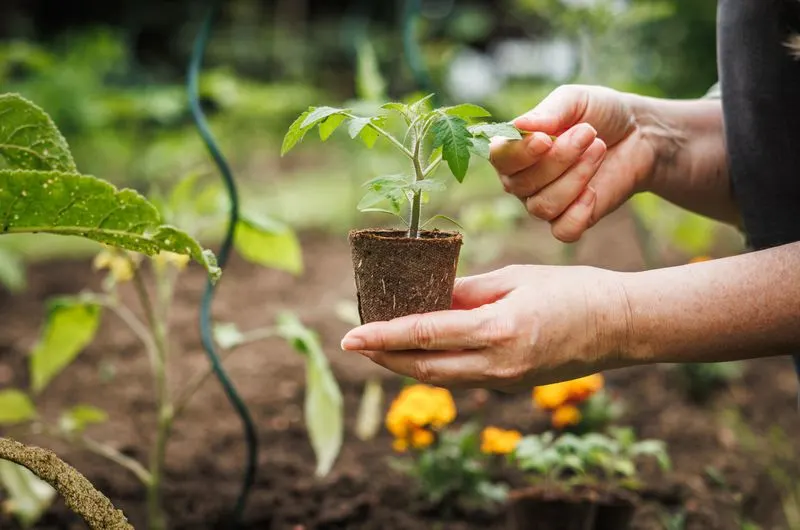
Healthy soil is the cornerstone of a water-efficient garden. Conditioning the soil with organic matter improves its ability to retain moisture, reducing the need for frequent watering.
Compost, well-rotted manure, or green manure enriches the soil, fostering root development and plant vitality. This rich, improved soil structure enhances water retention and nutrient availability.
Working with well-conditioned soil supports a thriving garden, even in arid conditions. It’s an investment in sustainable gardening practices.
Use of Greywater
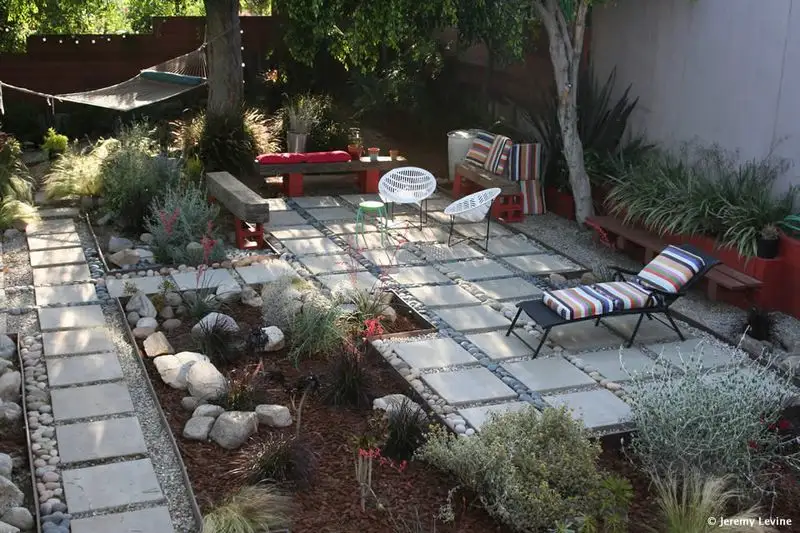
Recycling greywater from household activities can significantly cut down on freshwater use. Water from baths, sinks, and washing machines can be diverted to garden beds.
This approach not only conserves water but also provides plants with nutrients found in greywater. Systems can be as simple or complex as needed, tailored to your garden’s requirements.
This eco-friendly practice turns waste into a resource, contributing to a self-sustaining gardening cycle. It’s a practical step towards conservation.
Companion Planting
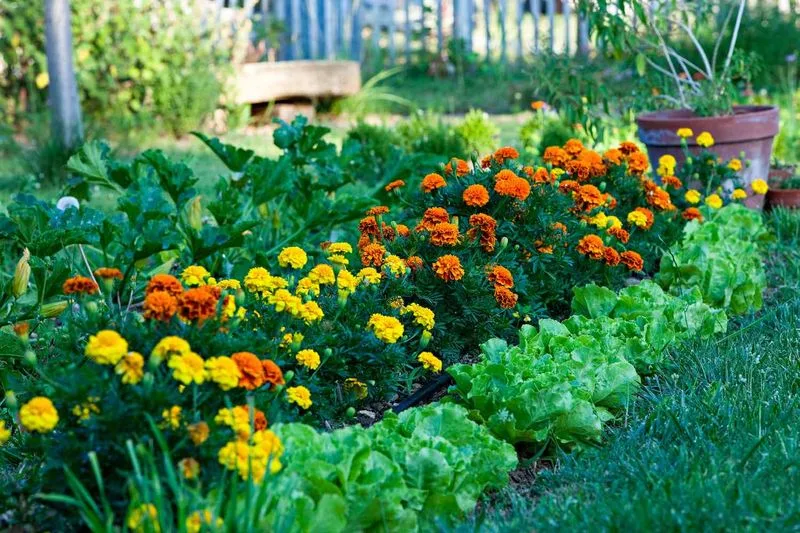
Companion planting involves pairing plants that benefit one another, enhancing growth and minimizing water needs. Certain combinations improve soil health and reduce water competition.
For instance, deep-rooted plants can draw moisture from deeper soil levels, providing surface plants with adequate hydration. This symbiotic relationship fosters resilient gardens.
Additionally, companion planting deters pests and encourages biodiversity. It’s an artful way of creating a harmonious garden.
Efficient Watering Schedule
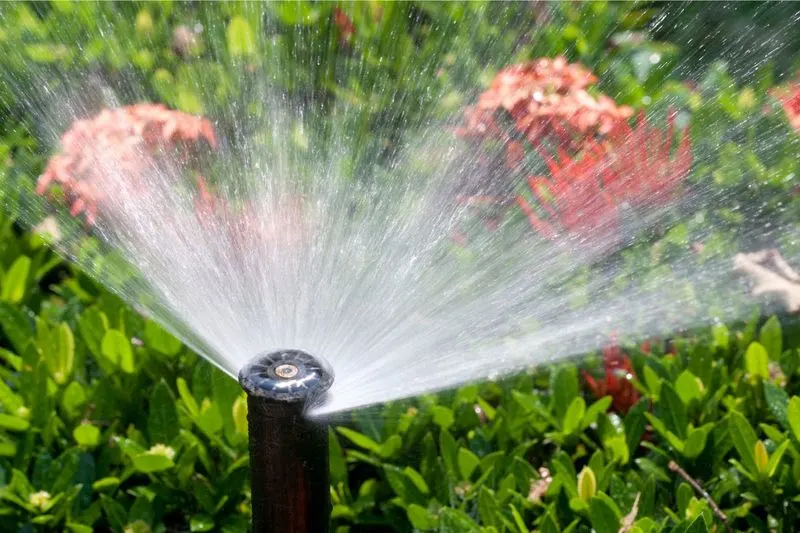
Timing is everything when it comes to watering. Early morning or late afternoon are ideal, reducing evaporation and ensuring plants absorb maximum moisture.
Adjusting the watering schedule based on weather conditions further optimizes water use. During cooler days, plants require less frequent watering.
A strategic watering routine not only prevents water waste but also promotes healthier plant growth. It’s about watering smarter, not harder.
Windbreaks and Shading
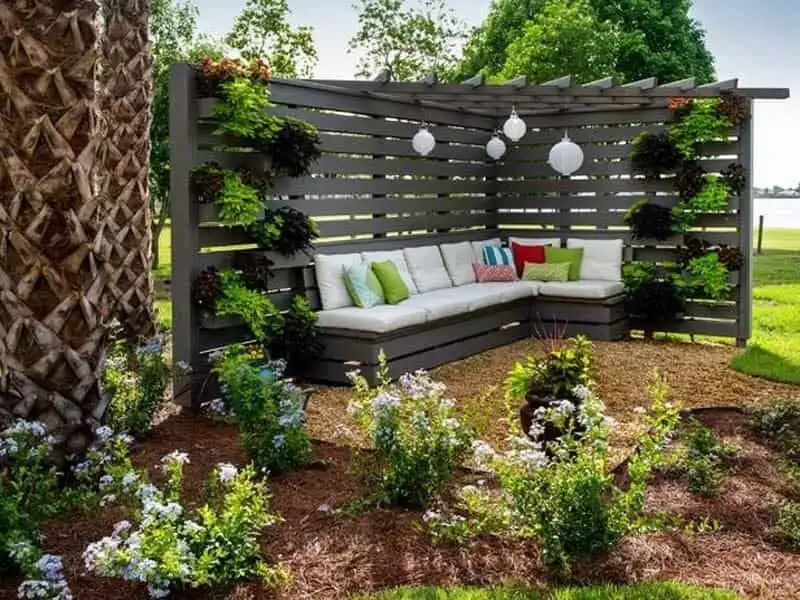
Wind and sun can quickly dry out gardens. Strategic placement of windbreaks like hedges or fences buffers plants against moisture loss.
Creating natural shade through trees or structures helps maintain soil humidity, reducing the need for frequent watering. Shading not only conserves water but also offers a respite for heat-sensitive plants.
These protective measures ensure a cool, hydrated environment conducive to plant vigor.
Groundcover Plants
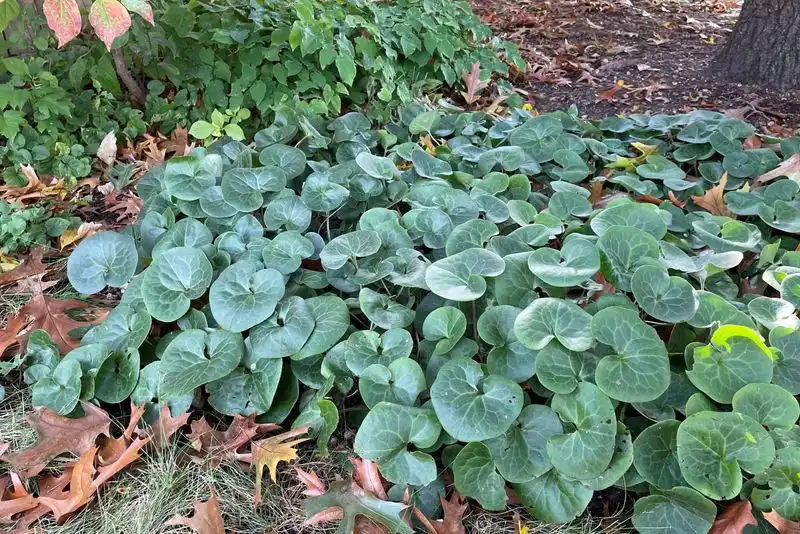
Groundcover plants spread across the soil, locking in moisture and preventing erosion. They’re the unsung heroes of water conservation.
By choosing varieties that thrive in your climate, you create a living mulch that reduces the need for additional watering. They also suppress weeds, lessening garden maintenance.
A lush carpet of groundcovers enriches the garden’s texture and visual appeal while safeguarding water resources.
Smart Garden Technology
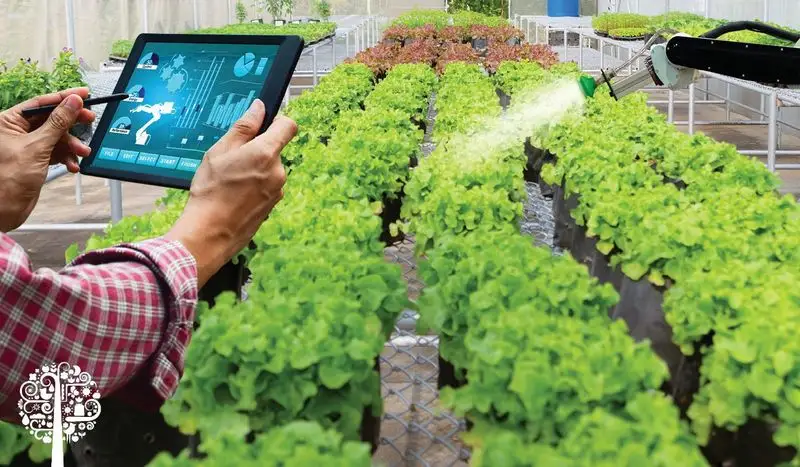
Modern technology offers ingenious solutions for conserving water in gardens. Smart irrigation systems use sensors to adjust watering based on soil moisture levels and weather forecasts.
These systems optimize water use, preventing over or under-watering. With smartphone integration, managing your garden becomes both efficient and effortless.
Technology bridges the gap between traditional gardening and innovation, ensuring sustainability.
Drought-Resistant Lawn Alternatives
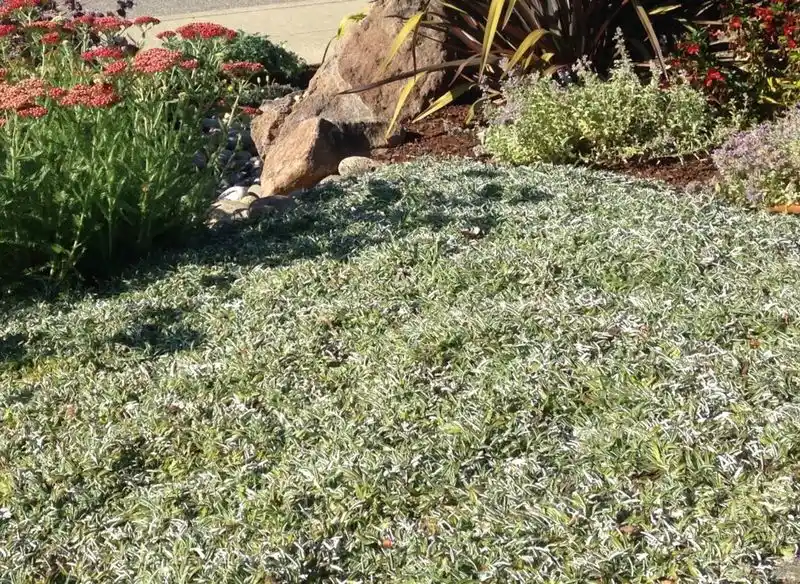
Traditional lawns often require tremendous water. Swapping grass for drought-resistant alternatives like clover or ornamental grasses reduces the water footprint.
These alternatives offer aesthetic appeal with minimal maintenance. They’re resilient, adapting to dry conditions while maintaining greenery.
Switching to these varieties means a sustainable, beautiful garden that requires far less water.
Plant Grouping by Water Needs
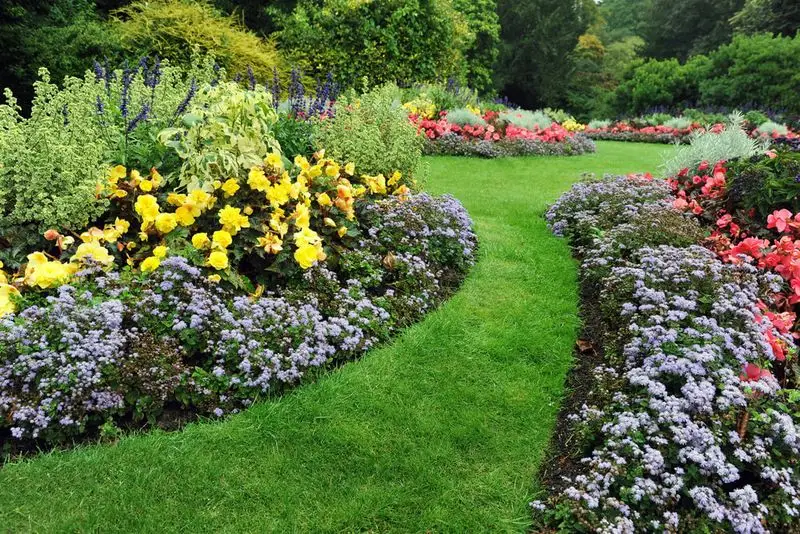
Grouping plants with similar water requirements streamlines watering practices. This technique ensures efficient water distribution, catering to each plant’s needs.
Clusters of water-loving plants can be irrigated in unison, while drought-tolerant species thrive with less frequent watering. This thoughtful arrangement fosters a harmonious garden.
It’s a strategic approach to achieving a water-friendly landscape that’s both beautiful and manageable.

